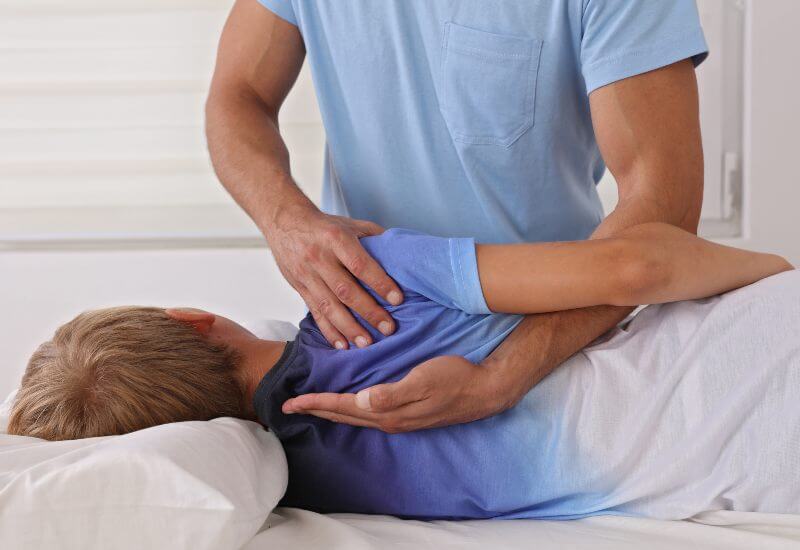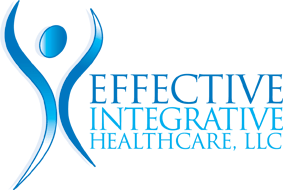Treating Scoliosis without Surgery

Scoliosis is a musculoskeletal condition that causes the spinal vertebrae to grow in an abnormal curve, forming a C- or S-shaped spine. This spinal deformity is often visible to the naked eye, though doctors typically take X-rays to help them properly diagnose the condition. Around 80% of scoliosis cases are idiopathic, meaning they have no known cause, and most patients are teens or preteens at the time of diagnosis.
Fortunately, surgery usually isn’t required to correct scoliosis. In fact, many cases require no treatment at all and are simply observed during growth. Then, if the child doesn’t outgrow their spinal abnormality, there are several non-operative treatments to consider before resorting to scoliosis surgery.
Scoliosis Treatment Options
Be aware that there’s no cure for scoliosis, but the condition is highly manageable with the proper treatment. Here are the best approaches to managing and slowing the progression of scoliosis without surgery:
- Physical therapy for scoliosis: Traditional physical therapy and bodyweight exercises can help strengthen back and leg muscles, increase flexibility, and prevent injury. Work with your doctor to pinpoint safe, effective exercises to try.
- Schroth Method therapy: This specialized physical therapy incorporates breathing, stretching, and strengthening exercises specifically designed for scoliosis. Custom exercises are performed while lying on the back, lying on each side, kneeling on all fours, sitting, and standing.
- Scoliosis back bracing: If the spinal curve is greater than 20 degrees, it may be beneficial to wear a back brace, especially if the spine is still growing. The goal of bracing is not to correct the curve but to prevent it from worsening.
- Mehta casting for scoliosis: Babies and toddlers with severe spinal curves may benefit from Mehta casting, a treatment that involves applying a cast to the child’s back and chest. The process is typically performed under general anesthesia and is changed every two to three months as the child grows.
- Vitamin D supplements: Adolescents with idiopathic scoliosis are more likely to have a vitamin D deficiency than their peers. Adding vitamin D supplements and increasing intake through dietary changes could make other scoliosis treatments more effective.
When to Consider Scoliosis Surgery
If a person with scoliosis reaches adulthood with a spinal curve of 40 degrees or less, the condition is unlikely to cause significant problems later in life. Therefore, surgery is typically not recommended.
On the other hand, if the spinal curve is more than 40 to 50 degrees or is advancing rapidly, severe discomfort or even organ damage could occur. Your doctor may recommend surgery under these circumstances.
Scoliosis Treatment at Effective Integrative Healthcare
The medical professionals at Effective Integrative Healthcare are here to help you craft a personalized scoliosis treatment. We’ll consult with you, review your options, and provide top-tier medical services to help you manage your scoliosis pain. One of our friendly staff members would be happy to answer any questions you have, so feel free to contact us at our Crofton or Millersville, MD office and request a free consultation today.
